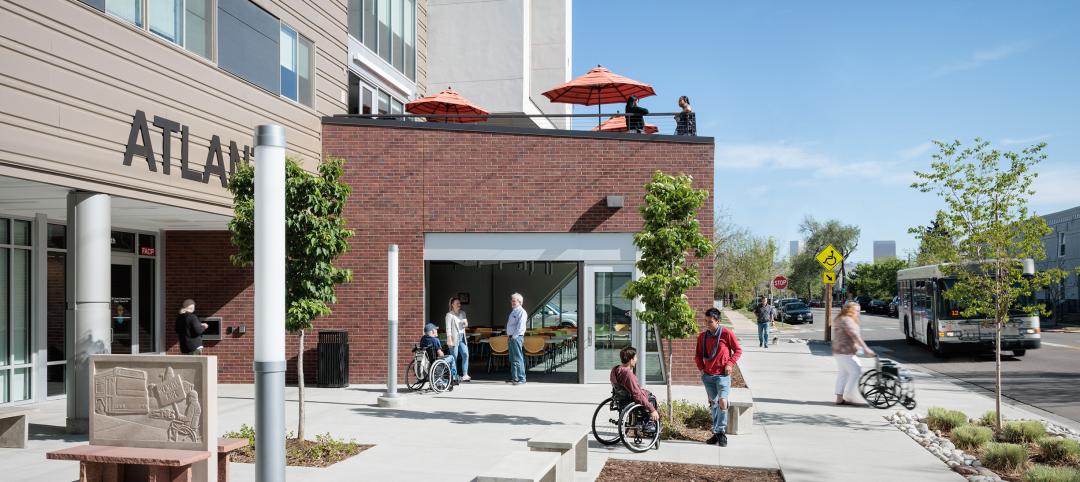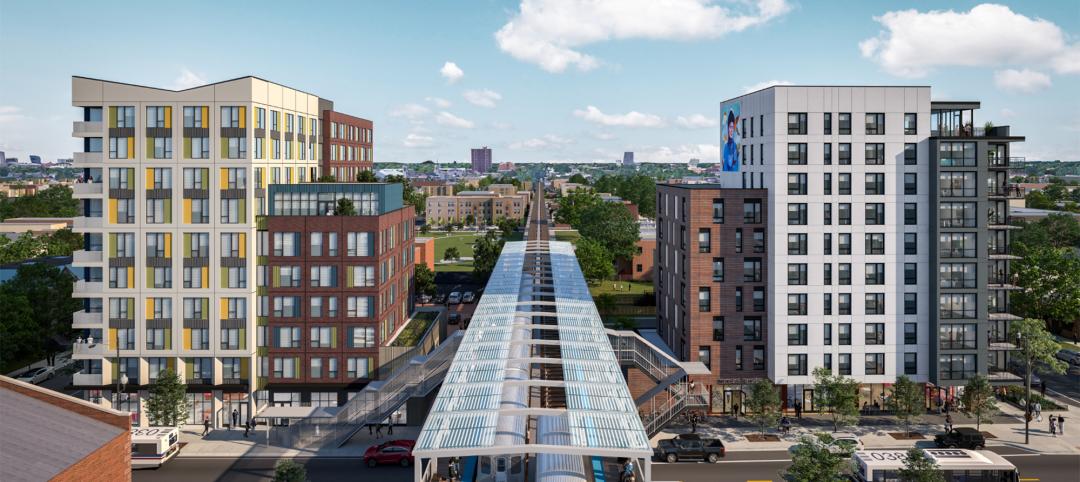The Biden-Harris Administration recently announced a nationwide allocation of $3.16 billion in homelessness assistance funding. This will be administered by the U.S. Department of Housing and Urban Development (HUD) through the Continuum of Care Program.
This funding decision marks the largest annual federal investment in addressing homelessness to date. Designated for supportive housing assistance initiatives, the Continuum of Care Program will distribute the $3.16 billion across over 7,000 projects nationwide.
HUD’s Continuum of Care program provides grants to nonprofit providers, States, Indian Tribes, and local governments for permanent and short-term housing assistance, supportive services, planning, data, and other costs. The funds will also go towards supportive services for individuals and youth experiencing homelessness, as well as survivors of domestic abuse.
Continuum of Care Program Criteria
“Now, more than ever, we are doing all we can to get people off the street and into permanent homes with access to services,” says HUD Secretary Marcia L. Fudge. “That is why we are making sure the service providers on the frontlines of this crisis have the resources they need.”
HUD's approach encourages communities to adopt evidence-based strategies in combating homelessness, prioritizing interventions that prioritize housing stability alongside supportive services. HUD has expanded the program's eligibility criteria to address the unique challenges faced by rural communities in serving individuals experiencing homelessness.
This year's $3.16 billion allocation represents an unprecedented level of funding, crucial for expanding community capacity to address homelessness, especially as rates of homelessness continue to rise across the country.
Successful applicants for these grants have demonstrated a commitment to collaborative, community-wide efforts to end homelessness. Emphasizing partnerships with health agencies, housing agencies, and other stakeholders, communities are increasingly focusing on reducing unsheltered homelessness through interdisciplinary approaches.
Homelessness Assistance Funding by State
The states that received the most funding were also those with the greatest number of projects. California and New York top the list, receiving over one-quarter (29%) of all annual funding for its 779 and 572 projects, respectively. These are the top five states awarded:
- California: 779 projects; awarded $601 million
- New York: 572 projects; awarded $303 million
- Texas: 249 projects; awarded $162 million
- Illinois: 369 projects; awarded $158 million
- Ohio: 331 projects; awarded $154 million
- Pennsylvania: 442 projects; awarded $148 million
- Florida: 320 projects; awarded $134 million
- Massachusetts: 208 projects; awarded $125 million
- Washington: 205 projects; awarded $111 million
- Michigan: 267 projects: awarded $98 million
Significant Increase From Previous Years
The 2023 fiscal year’s increase in funding for the Continuum of Care Program is a significant leap from previous years. In 2022, the amount was just under $2.8 billion, indicating a 14% increase in funding. The increase between 2021 and 2022 was just over 4 percent.
Looking ahead, the administration remains steadfast in its commitment to not only halting but reversing the upward trend in homelessness. President Biden's FY 2024 Budget proposes further actions to address homelessness, including investments to lower rental costs and provide guaranteed vouchers for vulnerable populations such as low-income veterans and youth aging out of foster care.
View a breakdown of the Continuums of Care and project awards on the HUD website.
Related Stories
Multifamily Housing | Mar 24, 2023
Washington state House passes bill banning single-family zoning
The Washington state House of Representatives recently passed a bill that would legalize duplexes or fourplexes in almost every neighborhood of every city in the state.
Multifamily Housing | Mar 24, 2023
Multifamily developers offering new car-free projects in car-centric cities
Cities in the South and Southwest have eased zoning rules with parking space mandates in recent years to allow developers to build new housing with less parking.
Multifamily Housing | Mar 24, 2023
Average size of new apartments dropped sharply in 2022
The average size of new apartments in 2022 dropped sharply in 2022, as tracked by RentCafe. Across the U.S., the average new apartment size was 887 sf, down 30 sf from 2021, which was the largest year-over-year decrease.
Geothermal Technology | Mar 22, 2023
Lendlease secures grants for New York’s largest geothermal residential building
Lendlease and joint venture partner Aware Super, one of Australia’s largest superannuation funds, have acquired $4 million in support from the New York State Energy Research and Development Authority to build a geoexchange system at 1 Java Street in Brooklyn. Once completed, the all-electric property will be the largest residential project in New York State to use a geothermal heat exchange system.
Building Tech | Mar 14, 2023
Reaping the benefits of offsite construction, with ICC's Ryan Colker
Ryan Colker, VP of Innovation at the International Code Council, discusses how municipal regulations and inspections are keeping up with the expansion of off-site manufacturing for commercial construction. Colker speaks with BD+C's John Caulfield.
Multifamily Housing | Mar 14, 2023
Multifamily housing rent rates remain flat in February 2023
Multifamily housing asking rents remained the same for a second straight month in February 2023, at a national average rate of $1,702, according to the new National Multifamily Report from Yardi Matrix. As the economy continues to adjust in the post-pandemic period, year-over-year growth continued its ongoing decline.
Affordable Housing | Mar 14, 2023
3 affordable housing projects that overcame building obstacles
These three developments faced certain obstacles during their building processes—from surrounding noise suppression to construction methodology.
Affordable Housing | Mar 8, 2023
7 affordable housing developments built near historic districts, community ties
While some new multifamily developments strive for modernity, others choose to retain historic aesthetics.
Affordable Housing | Mar 2, 2023
These 9 novel housing communities offer support beyond affordability
Here are nine specialized multifamily developments designed to assist their tenants’ needs.
Mixed-Use | Feb 23, 2023
7 mixed-use developments that don't sacrifice housing affordability
Here are seven mixed-use, multifamily projects dedicated to providing affordable housing.


















